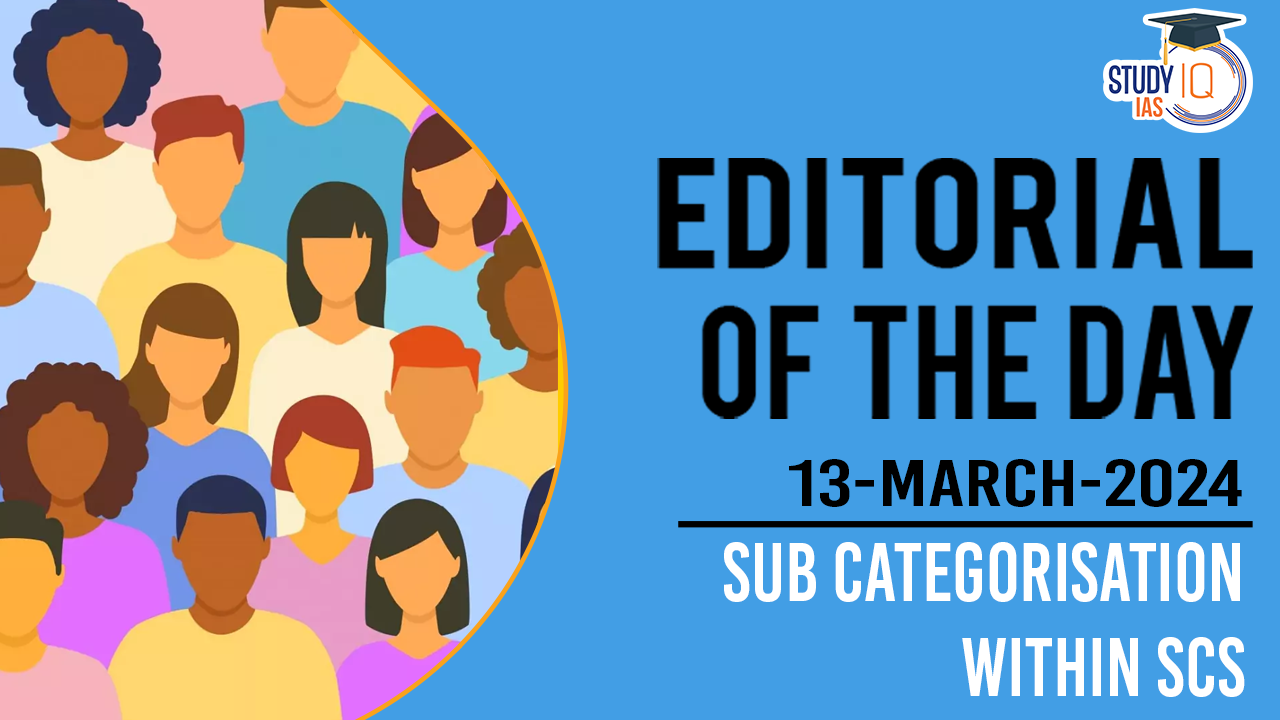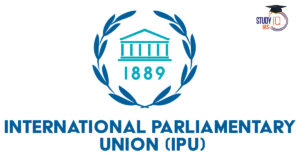Table of Contents
Context:
- A seven-judge Bench of the Supreme Court of India is set to deliver a judgement in the case of State of Punjab vs Davinder Singh, addressing a critical legal question on the future of affirmative action and reservations under the Constitution.
- The core issue is whether State governments can create sub-classifications within the quotas prescribed for Scheduled Castes (SCs) and Scheduled Tribes (STs) in public employment recruitment, specifically if they can give special preference to groups that are more backward than others.
Background and Legal Questions
- Data and studies reveal intra-group disparities in development and discrimination levels among SCs and STs, prompting a debate on whether States should recognize and address these variances through sub-classification.
- The case originated from a 1975 Punjab government circular that allocated reserved seats for SCs, specifically providing 50% to Balmikis and Mazhabi Sikhs.
- Subsequent legal challenges led to the Supreme Court’s 2020 reevaluation of its earlier rulings.
Precedents and Legal Reasoning
- Indra Sawhney vs. Union of India (1992): Influential in the Supreme Court’s reassessment, this case allowed for sub-classifications within Other Backward Classes (OBCs) for government services, suggesting a precedent for SCs and STs.
- V. Chinnaiah vs. State of Andhra Pradesh (2004): This case concluded that state governments could not alter the SC list prescribed by the President under Article 341, affecting the Andhra Pradesh Scheduled Castes (Rationalisation of Reservations) Act, 2000.
- State Of Kerala & Anr vs. N.M. Thomas & Ors (1975): Recognized the government’s power and duty to ensure substantive equality through reservations.
- C. Vasanth Kumar & Another vs. State Of Karnataka (1985): Supported the principle of making sub-classifications within backward classes based on varying degrees of backwardness to ensure fair allocation of reservations.
We’re now on WhatsApp. Click to Join
Constitutional Framework
- The Constitution (Contained in Articles 14 to 16) embodies a promise of substantive equality, recognizing the historical discrimination faced by individuals based on caste, and mandates the government to ensure equal treatment while being mindful of group interests.
- Reservations are viewed as a mechanism to advance and entrench the principle of equality, not as an exception to it.
State’s Authority and Duties
- The Punjab government’s persistent efforts to address the specific needs of Balmikis and Mazhabi Sikhs through legislation, despite judicial setbacks, highlight a constitutional obligation to correct ineffective reservation measures.
- The prohibition against sub-classification suggested by Article 341’s interpretation is argued to be inconsistent with the Constitution’s broader equality principles.
| Article 341 of the Indian Constitution |
| It authorises the President to declare certain castes and classes as Scheduled Castes in a state or a union territory. |
On Sub-classification
- The Supreme Court is urged to recognize the legitimacy of state measures that aim to provide preferential treatment to certain SCs and STs based on intra-group variances, as a means of achieving the constitutional vision of equality.
- Such sub-classification must be evaluated on its merits, considering whether it reasonably differentiates within the President’s list and aligns with the objective of ensuring fair treatment.


 SAMARTH Udyog Bharat 4.0: Transforming I...
SAMARTH Udyog Bharat 4.0: Transforming I...
 BHIM 3.0 Launched by NPCI: Key Features,...
BHIM 3.0 Launched by NPCI: Key Features,...
 150th Summit of Inter-Parliamentary Unio...
150th Summit of Inter-Parliamentary Unio...





















